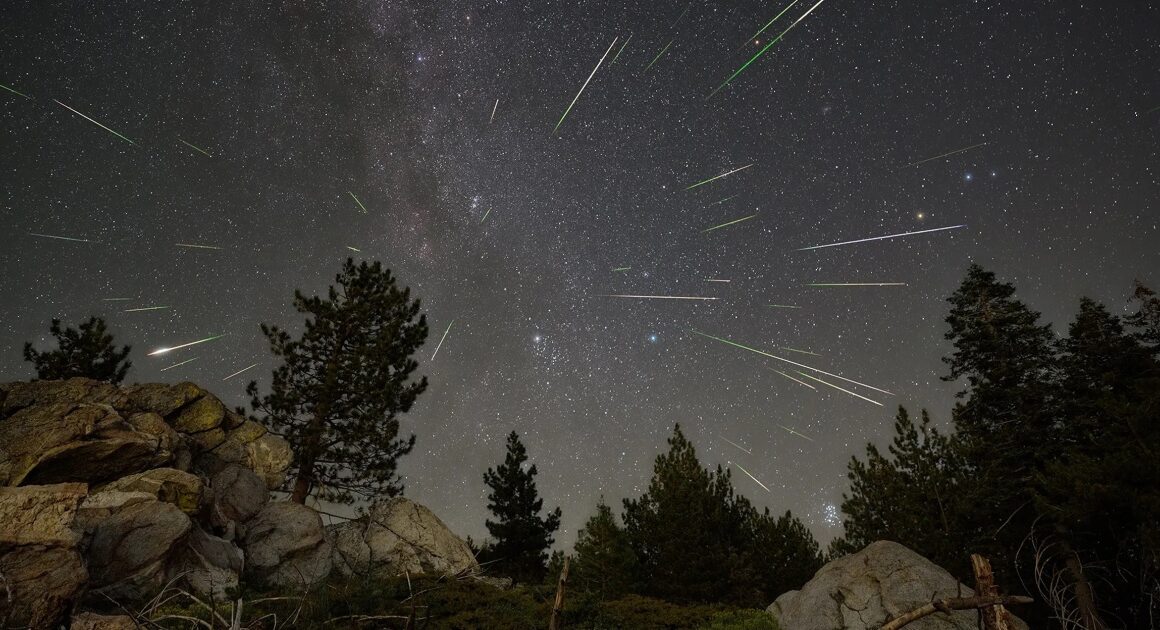The annual Perseid meteor shower peaks overnight Sunday and into the predawn hours Monday, giving skywatchers around the world a chance to enjoy one of the best shooting star displays of the year.
The Perseids are usually one of the most anticipated skywatching events of the year because the shower tends to deliver a high rate of shooting stars. Weather permitting, stargazers could see as many as 100 per hour from dark locations.
“Not only is the shower rich in bright meteors and fireballs — No. 1 in fact — it also peaks in mid-August when the weather is still warm and comfortable,” Bill Cooke, who leads the Meteoroid Environment Office at NASA’s Marshall Space Flight Center in Alabama, said in a NASA blog post.
Experts are predicting favorable conditions for this year’s show, particularly because the moon will set by around 11:30 p.m. local time, which means the shooting stars will not be washed out by bright moonlight.
If conditions are clear, it’s best to pick an unobstructed viewing location under the darkest possible skies, away from city lights and other forms of light pollution.
In the Northern Hemisphere, stargazers should head out between midnight and dawn. NASA recommends letting the eyes adjust to the dark for about 45 minutes and avoiding looking at cellphones or other bright screens.
While the meteor shower’s peak will likely produce the highest rate of shooting stars, Perseid meteors have been visible for weeks — and will continue to be seen after this weekend. The shower happens annually from around mid-July to late August.
It occurs when Earth passes through a cloud of dust particles and debris left over from a comet known as 109P/Swift-Tuttle, which was discovered in 1862. The streaks of light are created as the pieces hit the atmosphere and vaporize, leaving behind bright trails as they disintegrate.
,







